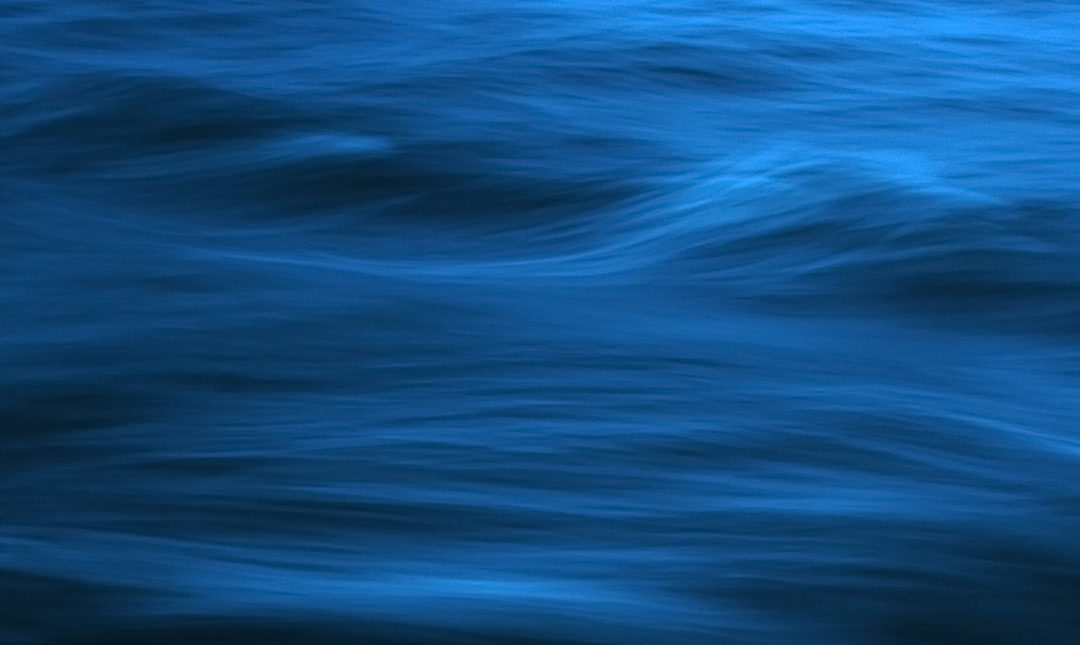The Last Unexplored Frontier
The ocean contains 99% of the living space on earth, but less than 10% has been explored. We actually know more about the surface of Mars than we do about the deepest parts of the ocean. So, when it comes to unexplored frontiers, our vote is for the ocean floor. Violently active volcanoes, mountain ranges higher than the Himalayas and longer than the Andes, trenches deeper than the Grand Canyon (2,500 feet deeper), and hydrothermal vents spewing out hot (750 degrees hot!) mineral-rich fluids thousands of feet below the ocean’s surface all await discovery by some intrepid geological oceanographer (or their remotely piloted submarine).
Geological oceanography (often referred to as marine geology) is one of the four main branches of oceanography. It is the study of the structure, creation, evolution, and history of the ocean floor. Geological oceanography is one of the broadest fields in the Earth Sciences and contains many subdisciplines, including geophysics and plate tectonics, petrology and sedimentation processes, and micropaleontology and stratigraphy.
Geological oceanographers combine their knowledge of physical oceanography and marine chemistry to piece together information about how the Earth was formed and how the movement of plates and continents causes earthquakes and volcanoes. The results of this work help us understand the processes that created the ocean basins and the interactions between the ocean and the seafloor. By examining the distribution of fossils embedded in the seafloor, geological oceanographers also try to understand past changes in the Earth’s climate and the causes for those changes. And in studying the past, the belief is that the information collected can then be used to predict and ultimately help lessen the impacts of future climate change.
To learn more about geological oceanography and to access Ocean Connect’s wide range of educational and career resources, please visit our Geological Oceanography snapshot.

